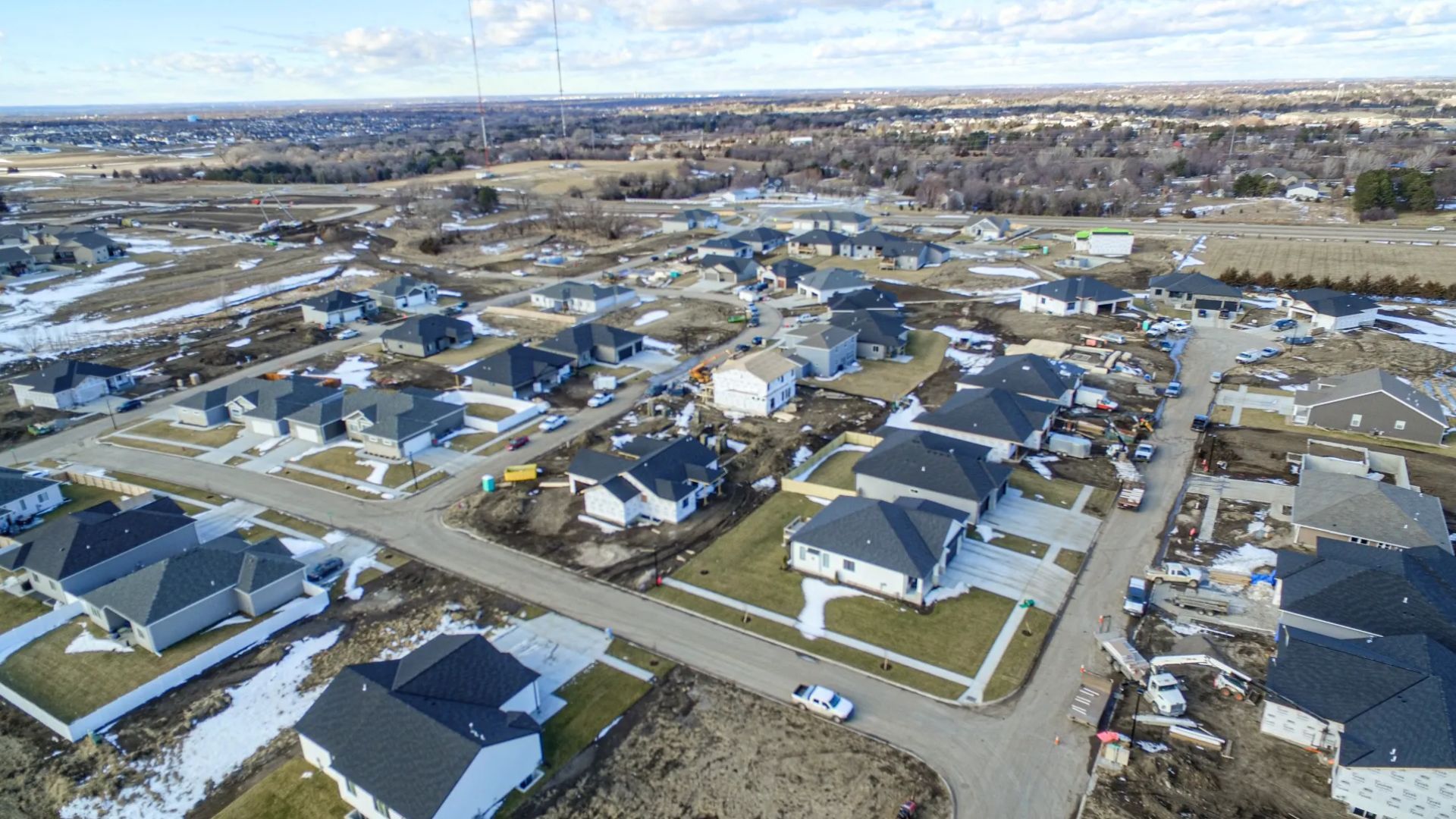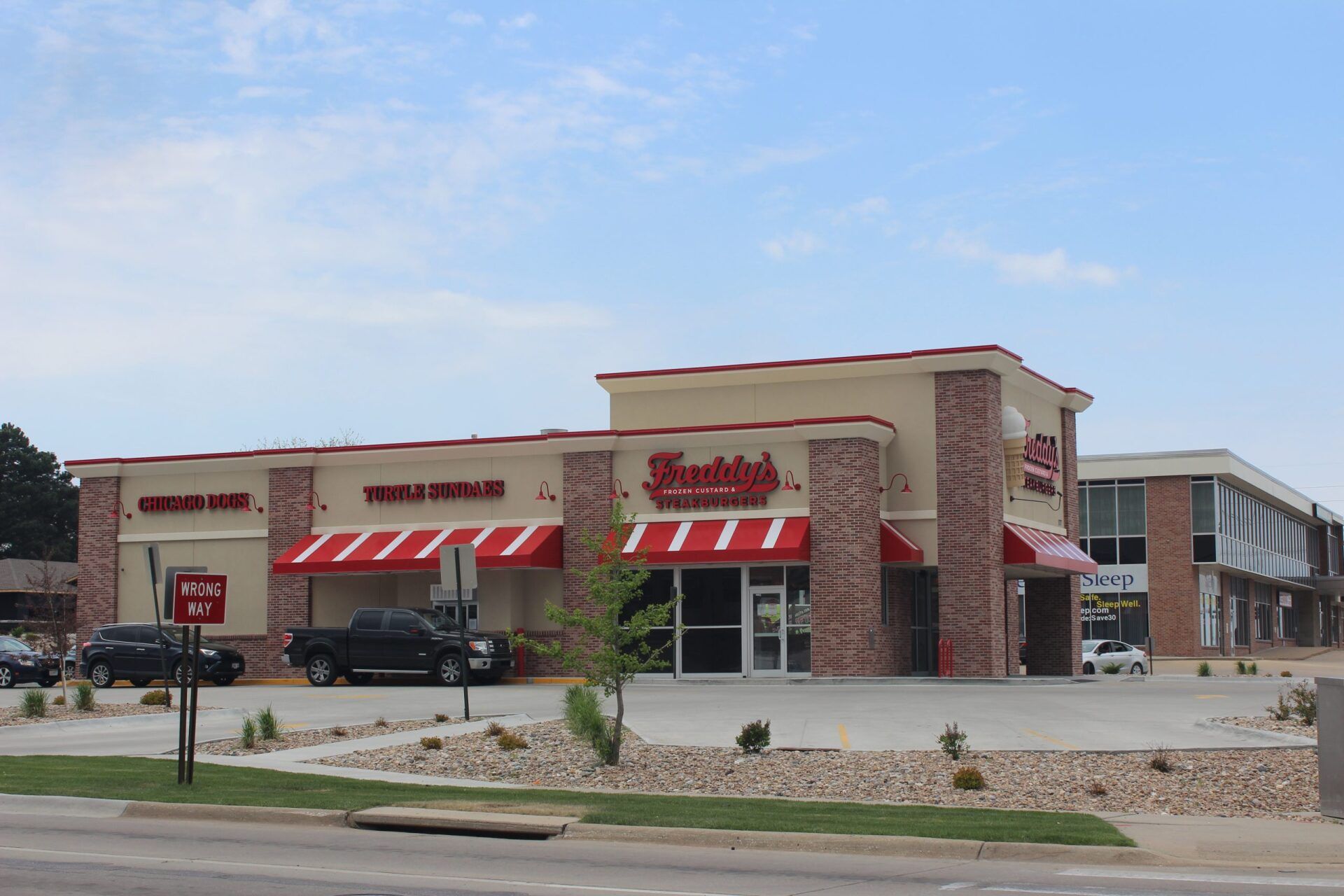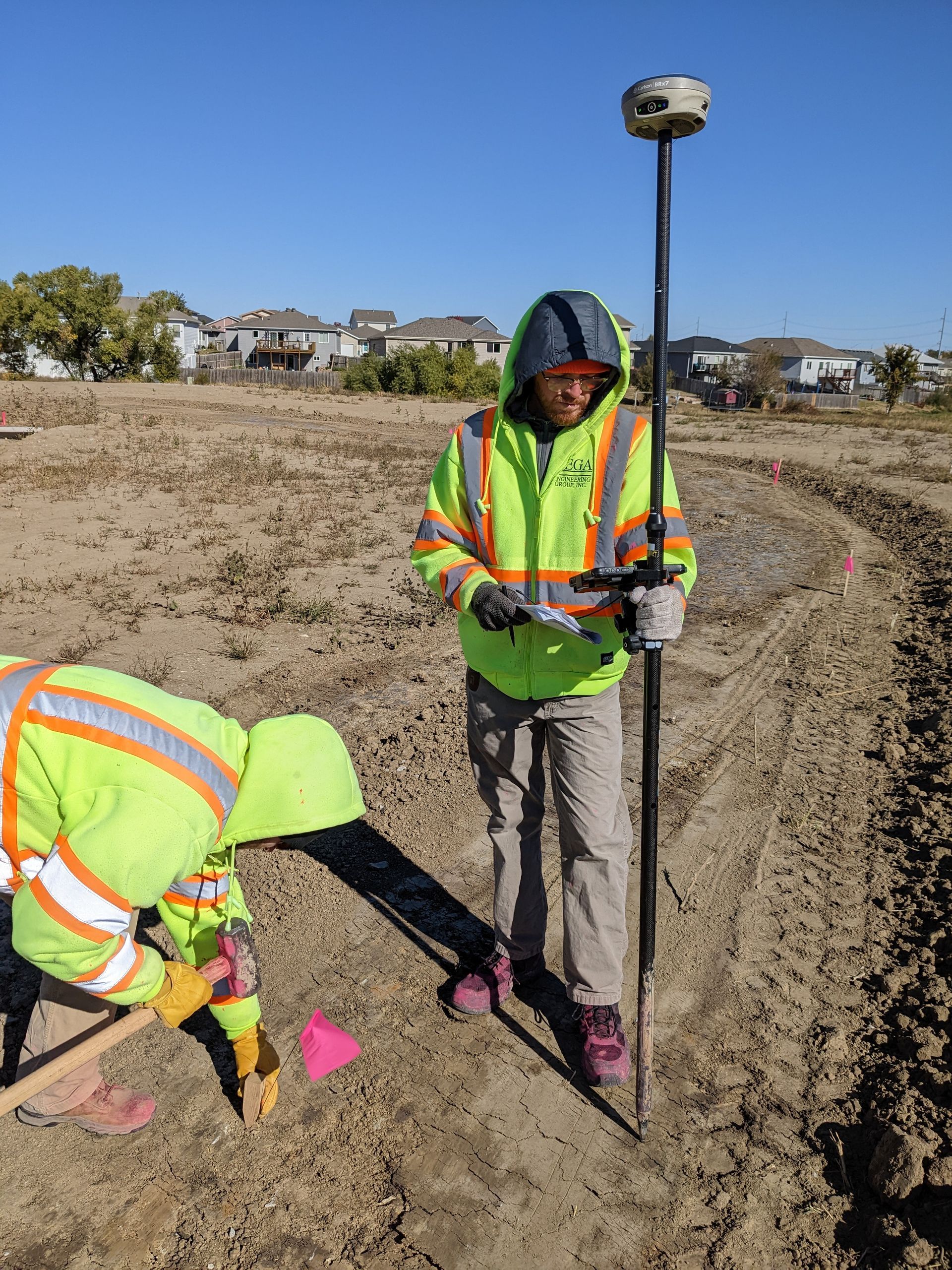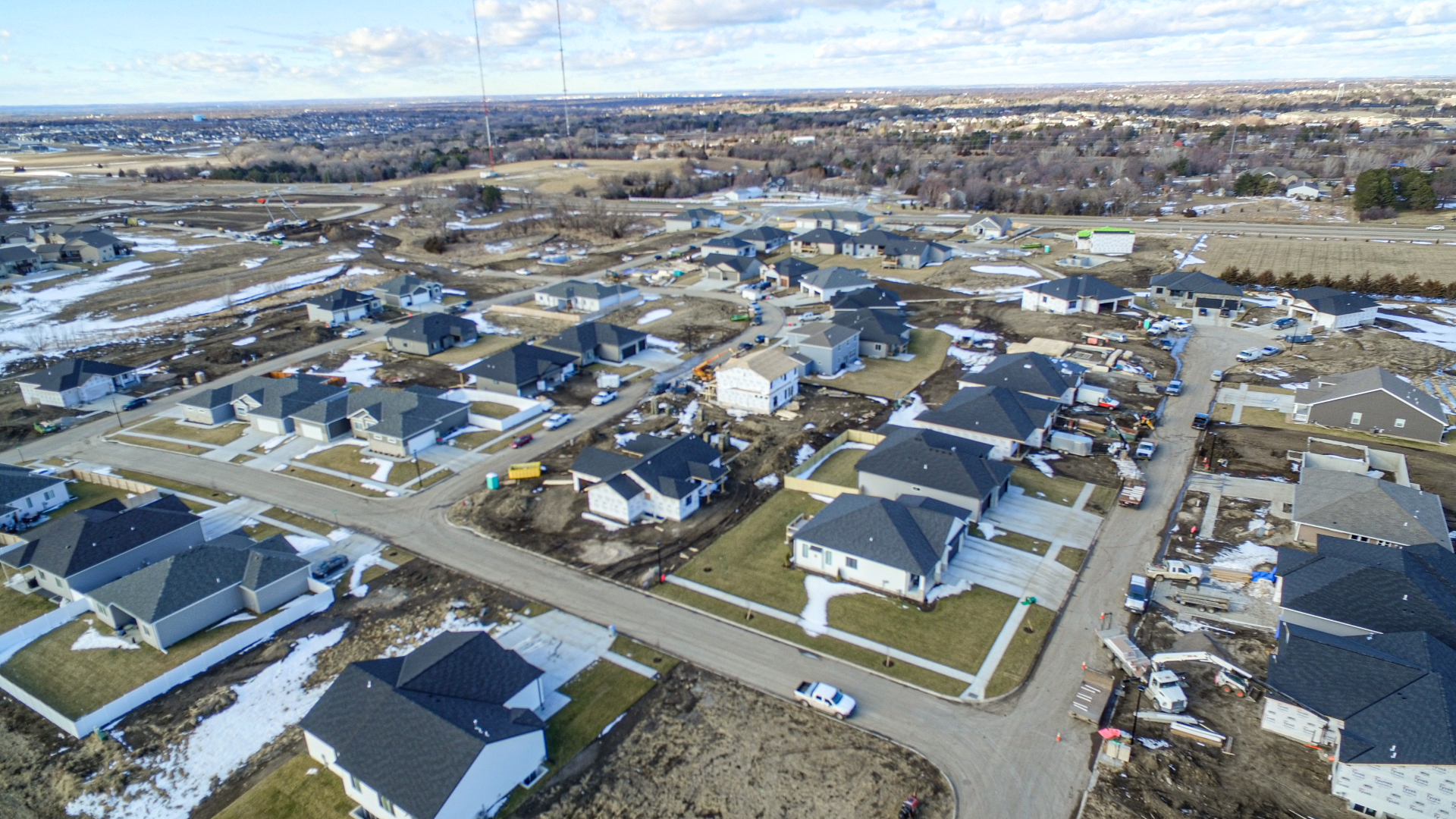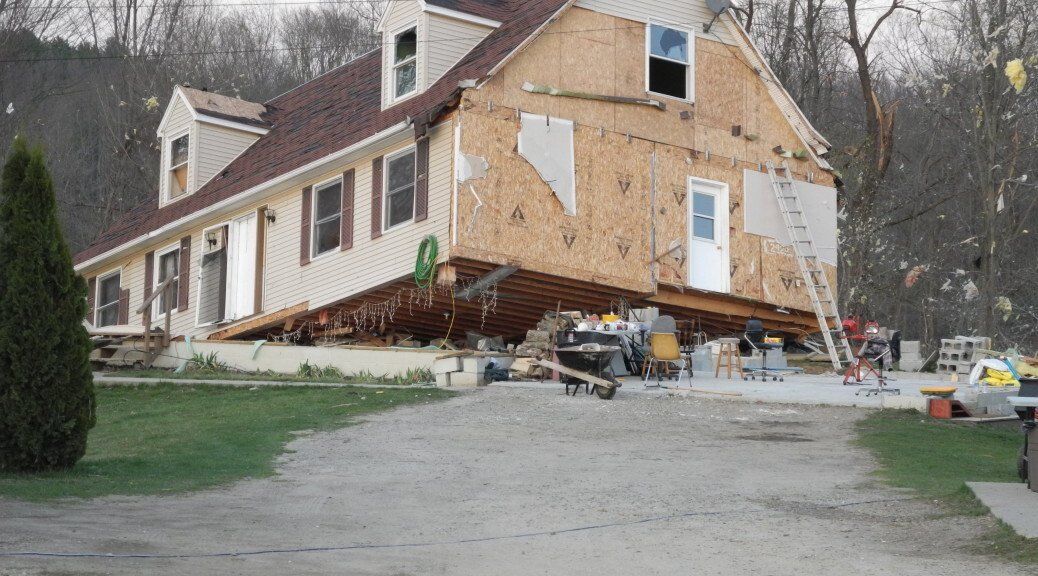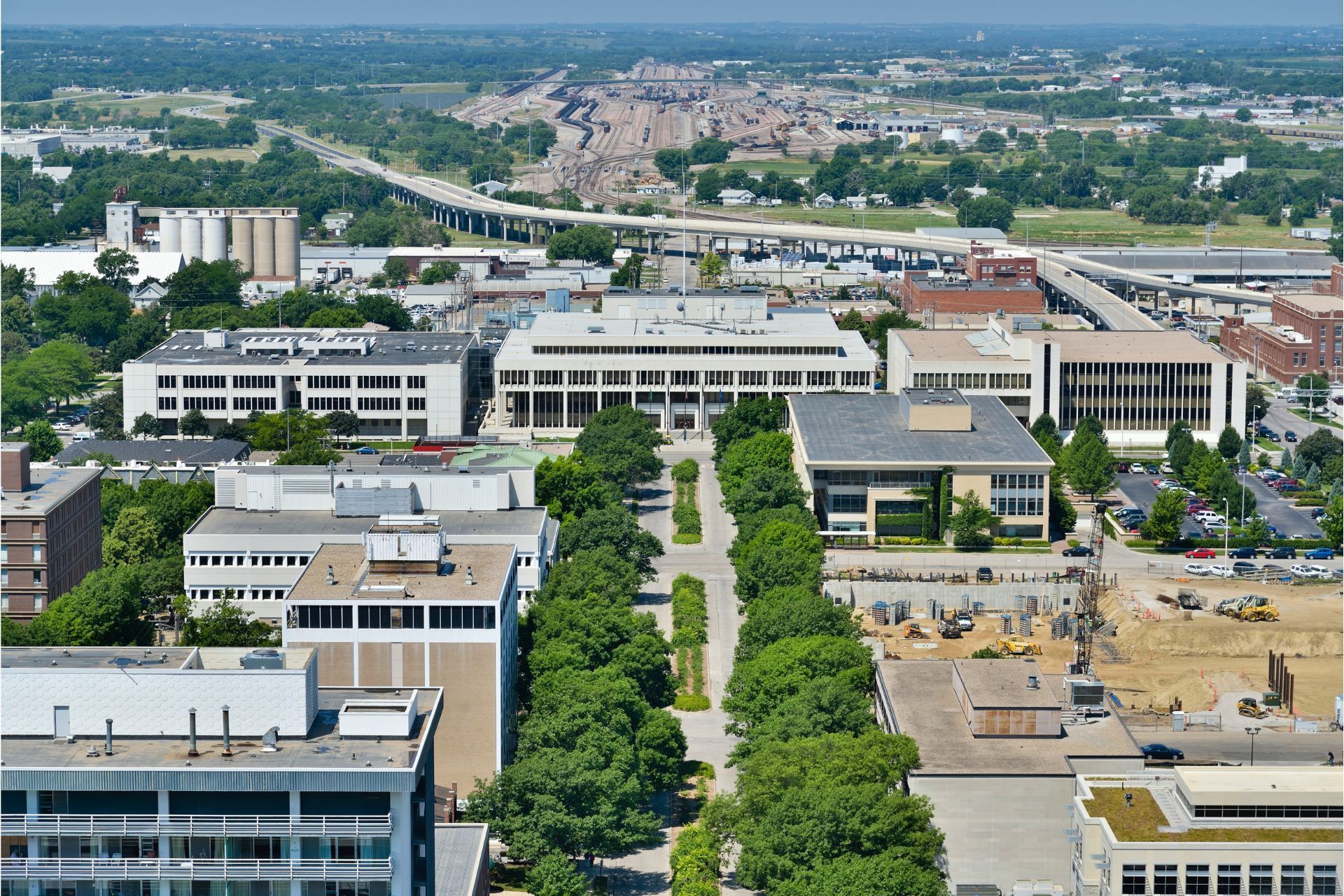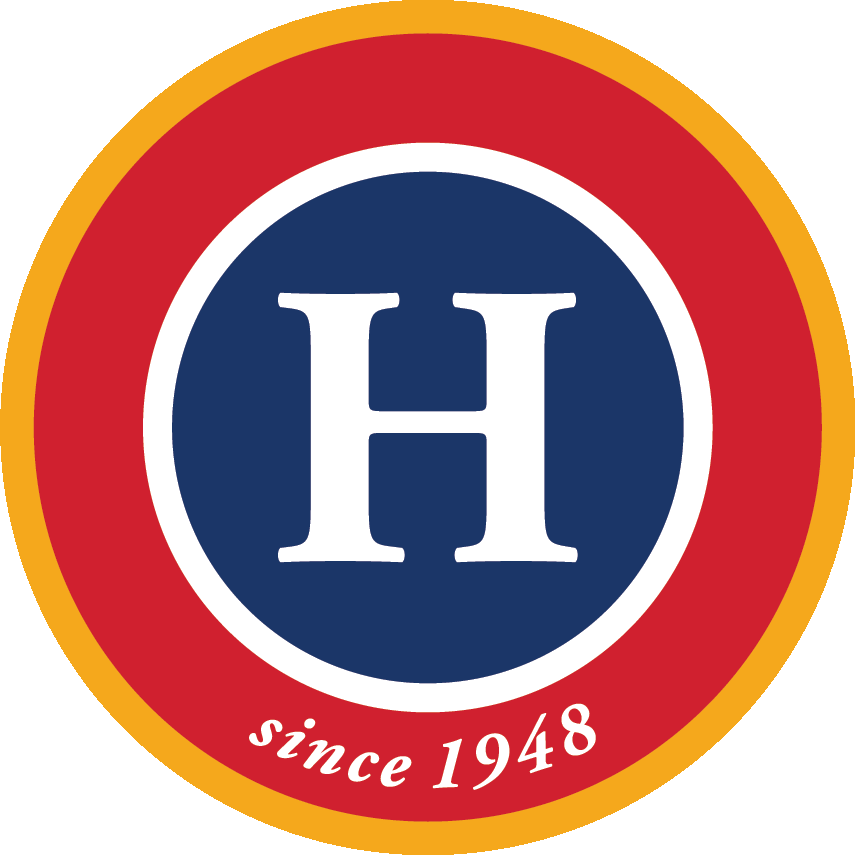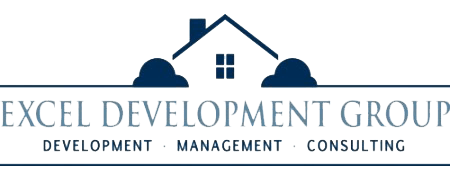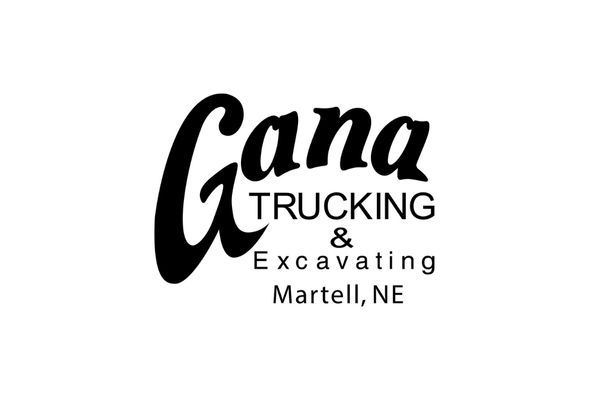December 18, 2025
When snow piles up and construction sites quiet down for the season in Nebraska and the Midwest, many people assume it’s time to pause. But that downtime can actually be one of the smartest opportunities to lay the groundwork for a successful spring build. Whether you're preparing for commercial development, a new subdivision, a public project, or a landscaping and irrigation plan, winter is the ideal season to start planning. At REGA , we view winter as “planning season.” With expert civil engineering, surveying, land-development planning, landscape architecture, and irrigation services, winter offers the perfect window to get everything aligned before the ground thaws. Beat the Spring Rush and Get Ahead Before Everyone Else Once warmer weather hits, engineers, contractors, and permitting offices get busier. Delays are common during this time. Starting your project in winter gives you a clear advantage: Begin site planning and civil-engineering design work early Schedule topographic or boundary surveys while availability is greater Develop land-use and subdivision plans before spring demand rises When spring arrives, you're in the best possible position to move forward immediately. Use Winter to Handle Permitting, Planning & Utility Coordination One of the biggest sources of spring project delays is permitting. Zoning reviews, utility coordination, drainage evaluations, and site layout approvals can take time, especially when everyone submits at once in April and May. Winter gives you breathing room to work through: Civil engineering design Lot layouts, grading, and drainage plans Utility planning for water, sewer, and stormwater Site development and access planning Landscaping and irrigation design Completing these pieces now means fewer surprises and no rush once the busy season begins. Surveying and Drone Mapping Are Easier to Schedule Winter can be an ideal time to complete the surveying needed for spring construction. Because construction slows, survey crews often have more availability. This makes winter a smart time to request: Boundary surveys Topographic surveys As-built surveys Aerial drone photography Accurate survey and site data are critical for civil engineering , drainage planning, utility layout, and overall site design. Collecting it now gives engineers everything they need to produce detailed, build-ready designs before spring. Plan Your Landscape Architecture and Irrigation Early Even though ground installation must wait for warmer weather, landscape architecture and irrigation design can, and should be completed in winter. This early planning ensures: Irrigation systems are designed to match site grading and planting plans Stormwater and erosion-control needs are considered holistically Hardscape and softscape layouts are fully coordinated with civil engineering plans Landscape materials and plant selections are chosen long before spring shortages By handling these details ahead of time, projects move quickly once the planting season arrives. Winter Planning Helps Control Costs and Reduce Risk When planning begins early, you gain more time to review options, adjust budgets, and make thoughtful decisions. Winter offers advantages such as: More accurate cost estimates Time for engineers and clients to collaborate without the pressure of peak demand Opportunities to refine designs before contractors bid Better scheduling flexibility Early planning also minimizes risk, helping avoid issues like design revisions, unforeseen drainage challenges, or last-minute permit delays. A Spring Start Leads to an Earlier Finish When design, surveying, and permitting are completed during winter, your project is ready to begin as soon as conditions allow in spring. That means: Contractors start sooner Construction finishes earlier Weather-related delays are reduced You stay on schedule and within budget Whether the project is municipal, commercial, or residential, early planning almost always leads to a smoother build. Start Strong This Winter with REGA Winter may not be construction season, but it is planning season, and that’s where successful projects truly begin. With civil engineering, surveying, planning, landscape architecture, irrigation, and aerial mapping services all under one roof, REGA is ready to guide your project from concept to construction. If you're considering a spring project, now is the perfect time to get started. Reach out to REGA this winter, and let’s make sure your project is ready the moment the weather cooperates.
